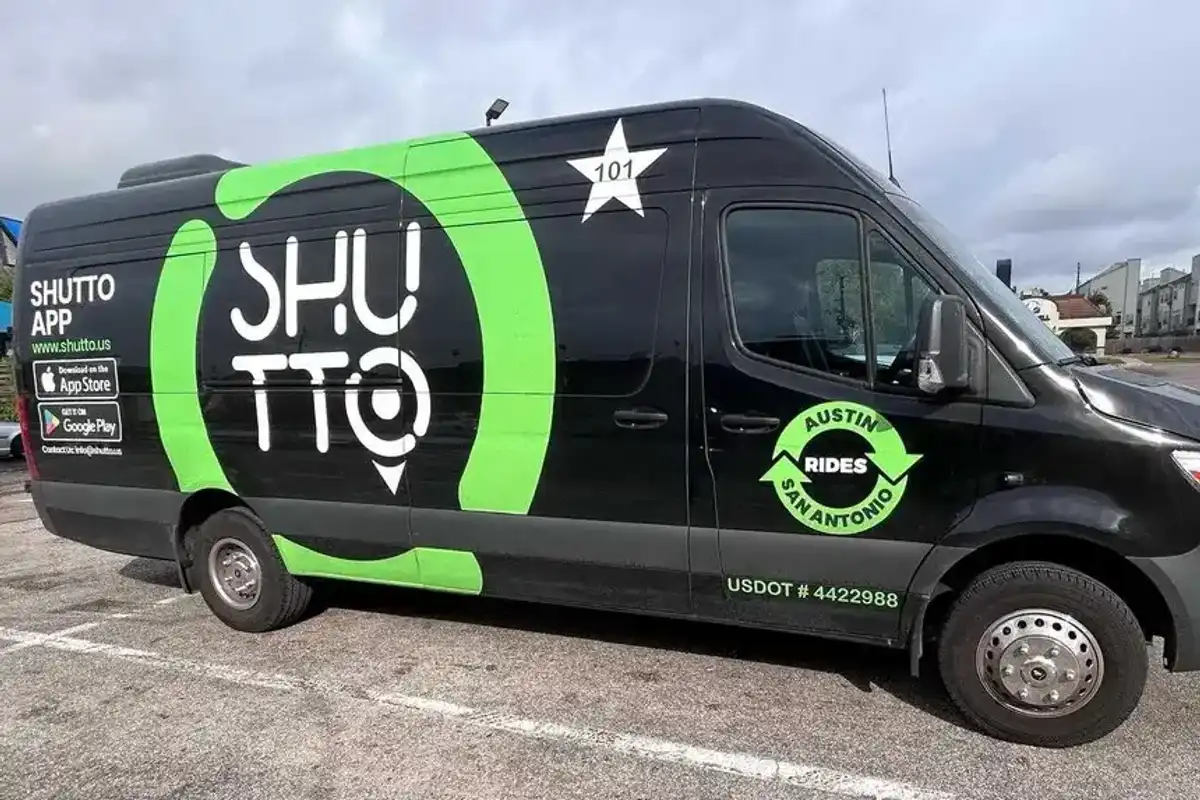When Shaun Noorian encountered what he felt was a poorly ran process, as an engineer, he built something better. Now, he runs one of the nation's largest compounding pharmacies that's at a pivotal time for growth.
Headquartered in Houston, Empower Pharmacy is opening two new facilities locally — one debuts later this year and the other in 2022. Ahead of this milestone for his company, Noorian joined InnovationMap for a Q&A about how he decided to start his company and how he's grown it from a small office to two 85,000-square-foot facilities — as well as how Houston has been a big part of his company's success.
InnovationMap: Why did you decide to form Empower Pharmacy?
Shaun Noorian: I initially started Empower Pharmacy as a patient that was frustrated with the medication that I was receiving from a local compounding pharmacy in Houston.
I'd been working as a hydraulic fracturing field engineer at Schlumberger after graduating from college with a degree in mechanical engineering and was injured after several months on the job. I hemorrhaged three of my lower vertebrae and was put into physical therapy to try and fix my back. One of the doctors that was treating me noticed that I was very skinny for my age. I was probably 25 years old at the time. He decided to test my blood for the hormone testosterone, which is responsible for muscle growth and many other important factors in both men and women. The test determined that I had the testosterone level of an elderly man. The doctors sent me to Baylor College of Medicine for MRI blood tests, and they determined that I had a pituitary disorder and that I couldn't create the hormones responsible to tell my body to create testosterone. They put me on testosterone replacement therapy and it completely changed my life. Being testosterone deficient my entire life, I didn't realize what normal should be.When I was put on the medication, it was like a new lease on life. And I became very interested in the medication that I was taking, and how it worked. I studied everything I could. I was getting my medications from a local compounding pharmacy here in Houston, and I wasn't very satisfied with the quality of the service or the costs. Getting these medications was a very large percentage of my, what I was living off of. I couldn't figure out why this medication was so expensive when it cost just a few cents to make.
IM: How did you turn that passion into a business?
SN: I guess like most engineers, I decided I wanted to build — to make my own pharmacy. And make my own drugs and offer them to patients in a manner that I would want to it be from a patient's perspective when dealing with the compound pharmacy. I leased about 100 square feet in the back of the doctor's office. I pretty much converted one of his exam rooms and started my pharmacy there. I hired a pharmacist and did all the technician duties myself. I wanted to apply the patient experience that I would've wanted.
Slowly but surely, patients and prescribers around the area were very happy with the level of service and quality that they were receiving from our pharmacy. And we would get more requests through simple word of mouth and reputation. We grew pretty quickly out of that space and then built out a 1,500-square-foot space in a shopping center a couple of years later.
Following several more expansions and new locations throughout the years, we're now gearing up to open our new facility (7601 N. Sam Houston Parkway W., near the intersection of Highway 249 and Beltway 8), which will be the most advanced compounding pharmacy ever built. It has a lot of automation, and utilizes the same processes and equipment that Big Pharma uses to make their drugs. We're trying to better the system and continue to bring automation into the compounding industry so we can continue to scale and set a standard for the rest of the industry.
IM: What sets your business apart from what else is out there?
SN: We're a pharmacy that wants to do everything in house. We want to integrate our supply chain, and that means removing low value middleman from the health care ecosystem and streamline the medical distribution process. This means being the manufacturer, distributor, and regional pharmacy all in one, so we can really control our supply chain and integrate it. And at the same time, we can really be able to control and customize the consumer experience for both our patients and prescribers in a way that we would want. It's been a lot of fun being able to create your own healthcare ecosystem and building software for that your for patients that I'd want to use.
I'm an engineer. It's more fun talking about my equipment than anything else.
If you walk into a Walgreens, it's a simple repackaging operation. You're taking pills from a big bottle and putting them in a smaller bottle. What differentiates us from them and what's unique about this facility is that it's really built the same way as traditional pharmaceutical manufacturing is built using the same exact processes, systems, layout, etc.
We create our own purified water. We create our own clean, dry compressed air. We create our own clean steam that we use in our compounding processes, which are built to CGMP — current good manufacturing practices — specifications. We adopt a lot of those processes into the facility, and we built the facility around those standards that the FDA requires.
IM: You mentioned a new facility — but Empower is actually opening two new facilities within a year of each other. Tell me about those.
SN: Each facility is a mirror of each other — they are both 85,000 square feet. The one that's opening this year is going to be a pharmacy, so it'll just be dealing with patients. The next one is going to be licensed with the FDA and will work with larger institutions, selling medications in bulk for office use to institutions, hospitals, clinics, and prescribers. They will administer those medications to their patients in office. It's our way of being able to integrate that supply chain, so we can be that one-stop shop. So, physicians don't have to go to different vendors to source their medications — we can be an all-encompassing partner and vendor for them to source all their medical needs.
IN: How else are you expanding your business model?
SN: We've always concentrated on — since the inception of the company — quality, service, and cost. And we're always working to figure out how to increase quality, how to decrease costs, and how to make it easier and more convenient for our customers to use us. Some projects that we've been working on that are set to launch in the next few years is building out our own API – application programming interface – so that our telemedicine and other clients that are using electronic versions of health care record software can easily interface with our systems and vice versa.
IM: How has Houston been for you as a home base for Empower?
SN: I think being in Houston is one of the reasons why we've grown to become the largest compounding pharmacy in the nation. It's really just a lot of luck of being in Houston. I'm sure we're all aware that having the largest medical center in the world in your own backyard is a great way to have more prescribers than pretty much any other city in the country. That definitely helped us and continues to help us grow. Additionally, being the third largest city by population means we have a large workforce to pull a diverse workforce for whatever this company needs. Having a diverse workforce has been integral in our growth. Also, having two schools of pharmacy in our backyard has also helped.
There's a reason why, as we grow, we always stay in Houston. It doesn't make sense for us to go anywhere else. This is a great city and a great state to do business.
IM: Are you hiring?
Oh, we're always hiring. I think we currently have around 50 positions open and there's everything from pharmacy operations, all the way to manufacturing and marketing to sales, logistics, legal, you name it.
------
This conversation has been edited for brevity and clarity.





